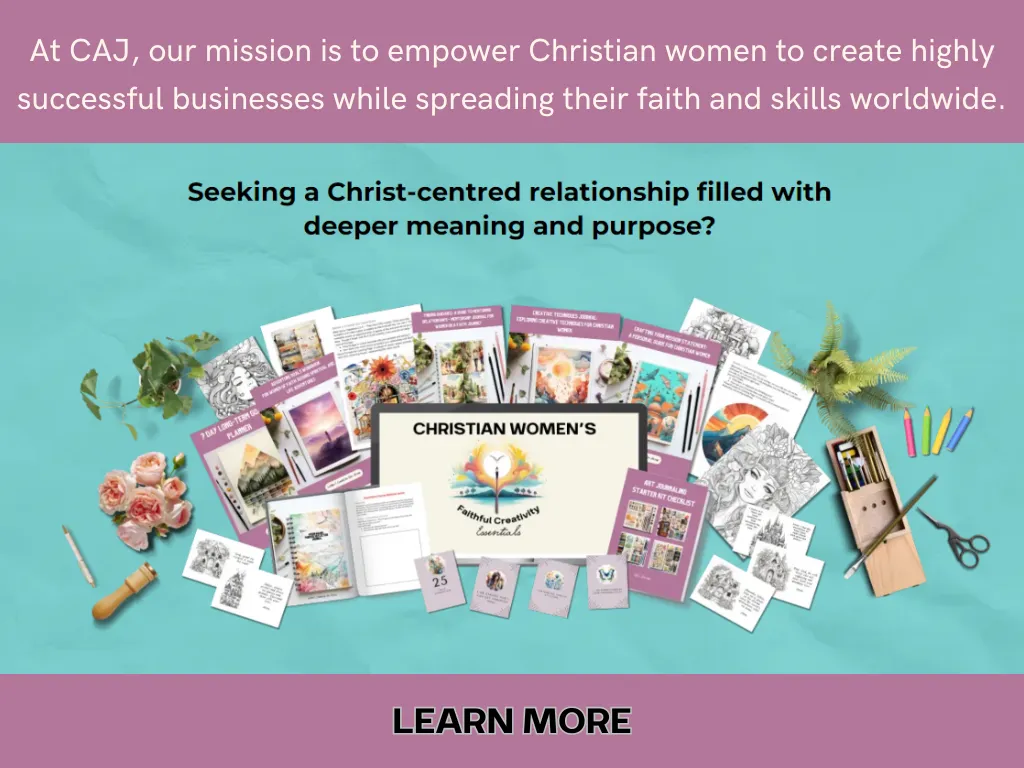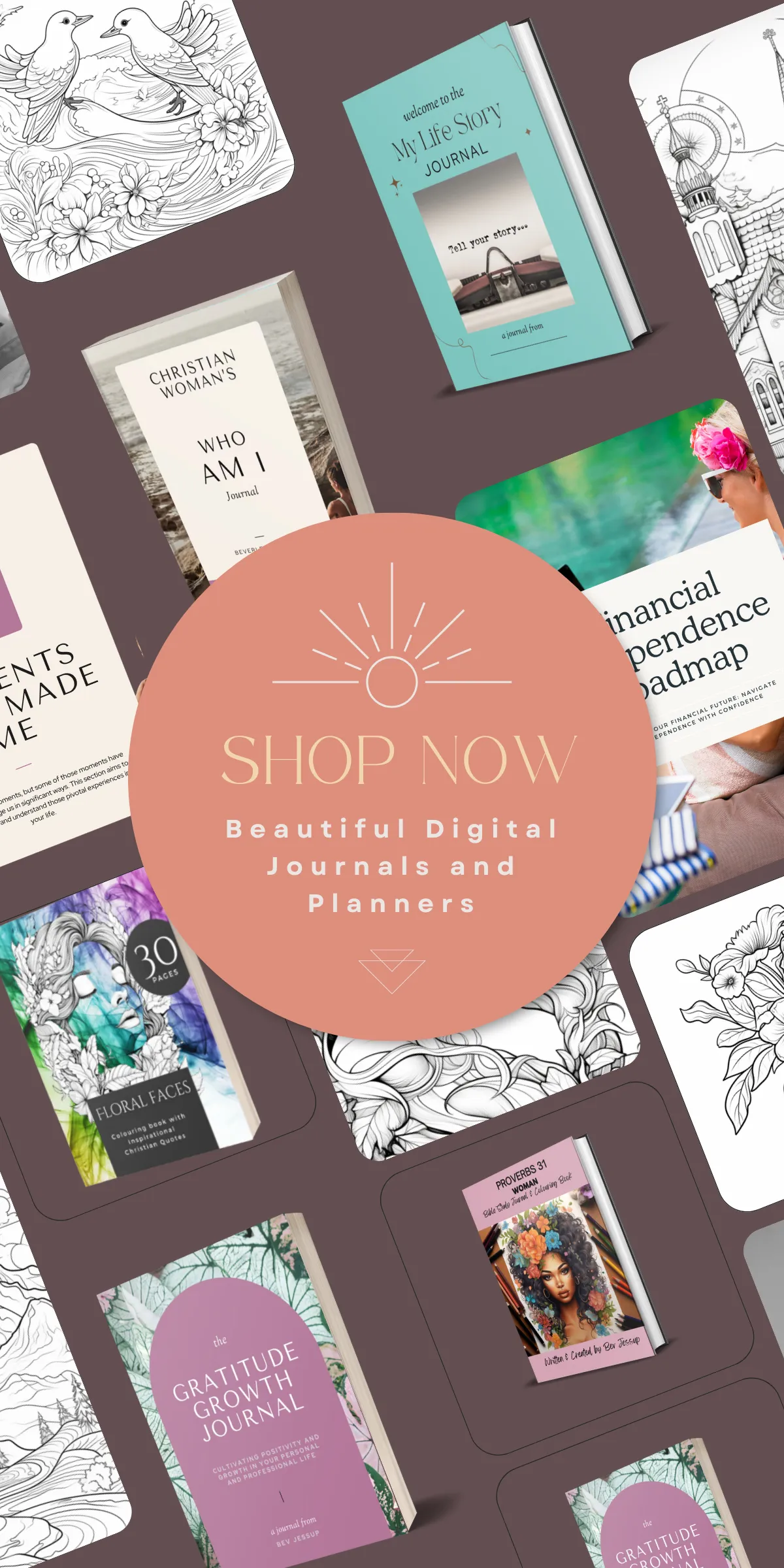OUR BLOG
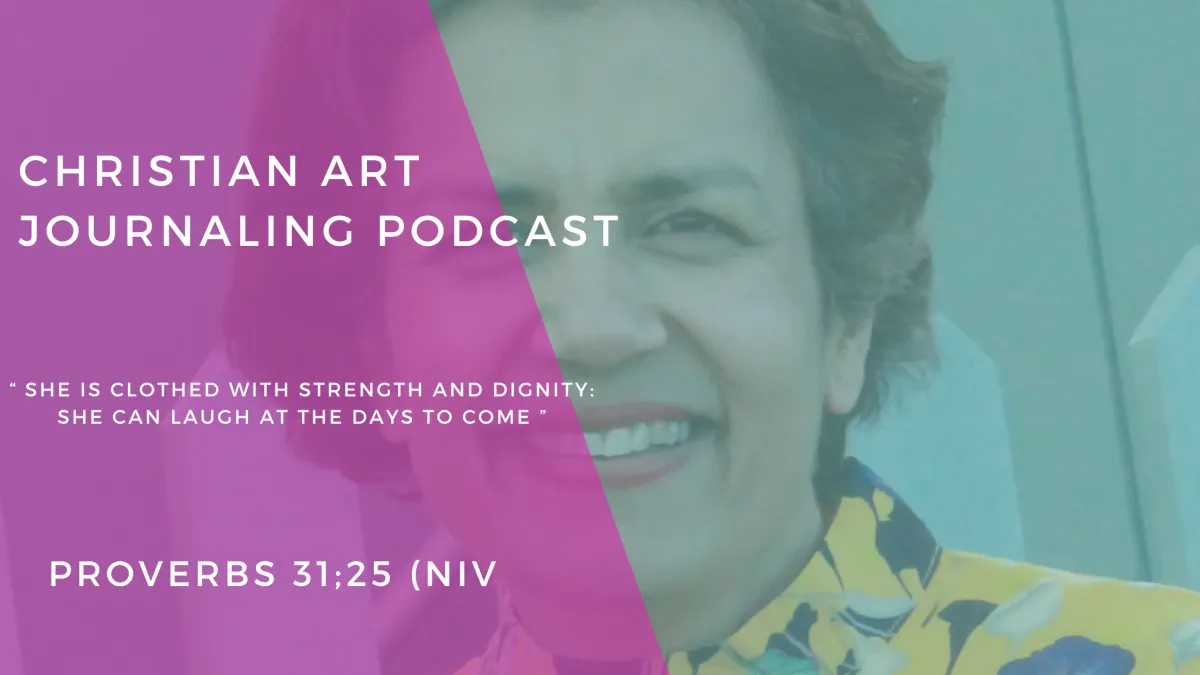

Bridging Communication Gaps: An Innovative Approach to Therapy in Ghana
When Nafisa Shehu arrived at an independent school in Ghana, her journey was more than just a professional mission—it was a deeply personal exploration of identity, heritage, and professional passion.
A Journey of Personal Discovery
As a member of the African diaspora, Nafisa's trip to Ghana was rooted in a profound desire to reconnect with her roots. With her retirement offering newfound freedom, her bucket list included visiting African countries, seeking to understand her heritage. Ghana, located in West Africa, held particular significance—potentially connected to the ancestral lands of enslaved people from the Caribbean.

The Attention Autism Breakthrough
Working with non-speaking autistic children aged three to eight, Nafisa quickly realised that attention was the fundamental starting point. Her approach was simple yet revolutionary:
Introduced bubbles as a core engagement tool
Created an "attention bag" with interactive resources
Used a song ("I've got something in my bag") to capture children's interest
The results were remarkable. One child with autism and ADHD, who initially could only focus for seconds, progressed to maintaining attention for six minutes. The students and staff were amazed.
The Core Board: A Communication Game-Changer
One particularly powerful moment illustrated the potential of alternative communication:
A four-to-five-year-old boy was constantly screaming and crying. Staff were considering withdrawing him from the school. Nafisa introduced the Core Board, showing the child how to communicate his needs. When he pointed to "I want" and "outside", something magical happened:
He stopped crying
Became fascinated by the board
Started echoing words Nafisa was saying
Began engaging with his environment differently
Cultural Nuances in Communication Therapy
Nafisa noticed significant differences in how speech therapy is approached in Ghana:
Limited access to formal assessments
Less standardised testing
More reliance on observation
Challenges in finding culturally representative resources like black dolls
Professional Legacy and Inspiration
Initially connected through LinkedIn with a British-Ghanaian therapists' organisation, Nafisa had been mentoring and supervising students online for years. Her on-site visit was the culmination of a long-standing commitment to developing speech and language therapy in Ghana.

Key Lessons Learned
Communication is universal, but approaches must be adaptable
Simple tools like bubbles and communication boards can be transformative
Professional development is a collaborative, cross-cultural journey

Nafisa's work demonstrates that with creativity, patience, and understanding, we can break down communication barriers and empower neurodivergent individuals, regardless of geographical or cultural contexts.
Her journey was not just about teaching—it was about building bridges, understanding heritage, and creating meaningful connections across continents.
If you would like to garb a free resource for parents, teaching staff and NQTs or students, then I have created a "Make a Sentence" resource based on Colourful Semantics. You can grab it here: https://mavenbusinesshaven.com/sentence

Hi there, I'm Bev Jessup
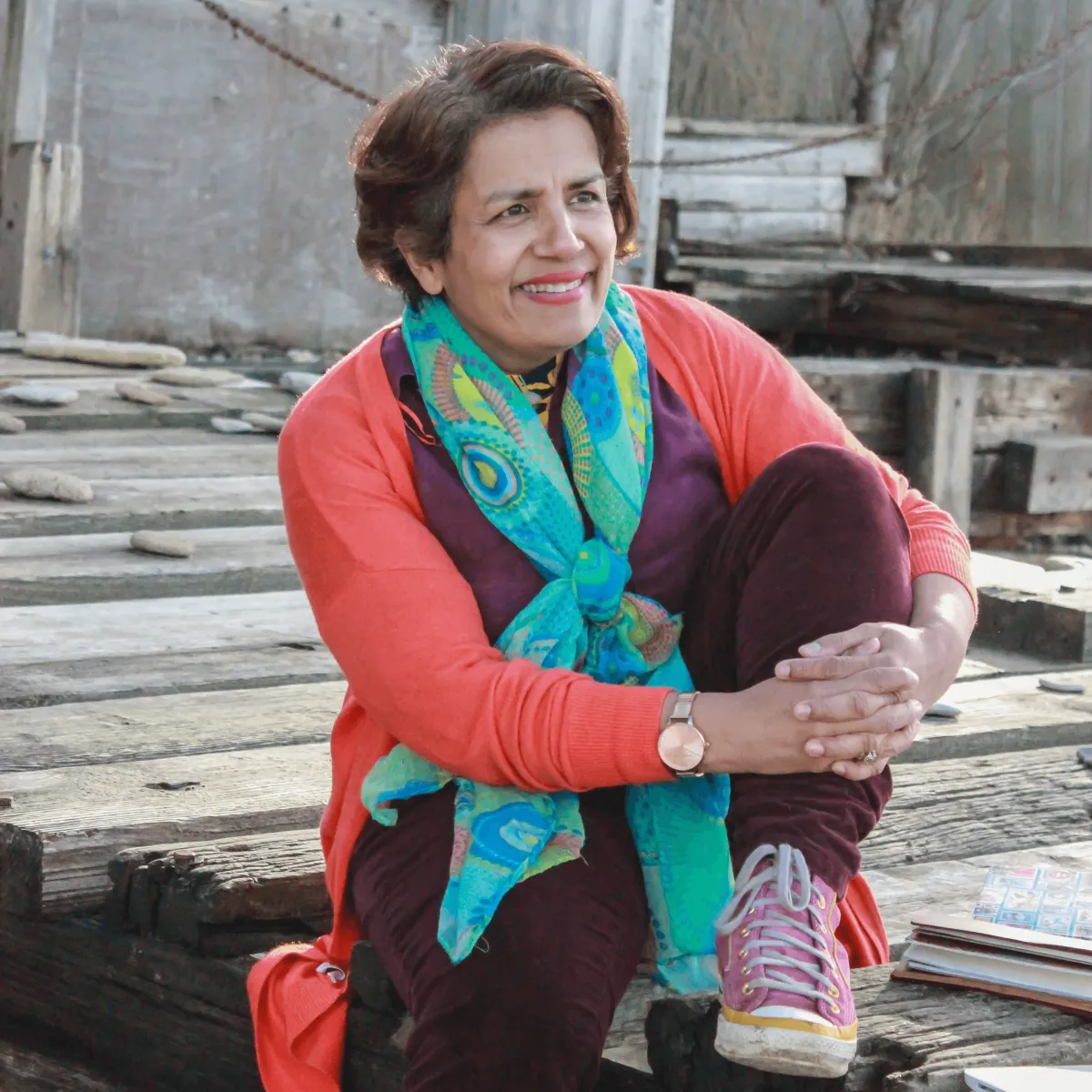
Bev was brought up in a Catholic home, where her parents instilled in her a deep faith and reverence for God. Growing up, she attended church regularly and participated in various religious activities. However, when she went to university, her world was turned upside down. Her friends started talking about having a personal relationship with Jesus, and Bev was confused. She had never heard of such a thing, and she didn't know what it meant.
Determined to find answers, Bev began to explore the Christian faith further. She read books, attended Bible studies, and talked to her friends about their experiences. Eventually, she came to understand what it meant to have a personal relationship with Jesus, and she made a commitment to follow Him.
This decision changed Bev's life forever. She experienced a sense of peace and purpose that she had never felt before. She began to see the world through a new lens, one that was filled with hope and joy.
As she continued to grow in her faith, Bev met her future husband at university, and they fell in love. They got married in 1992 and started a family. Bev and her husband have three adorable sons, whom they love and cherish.
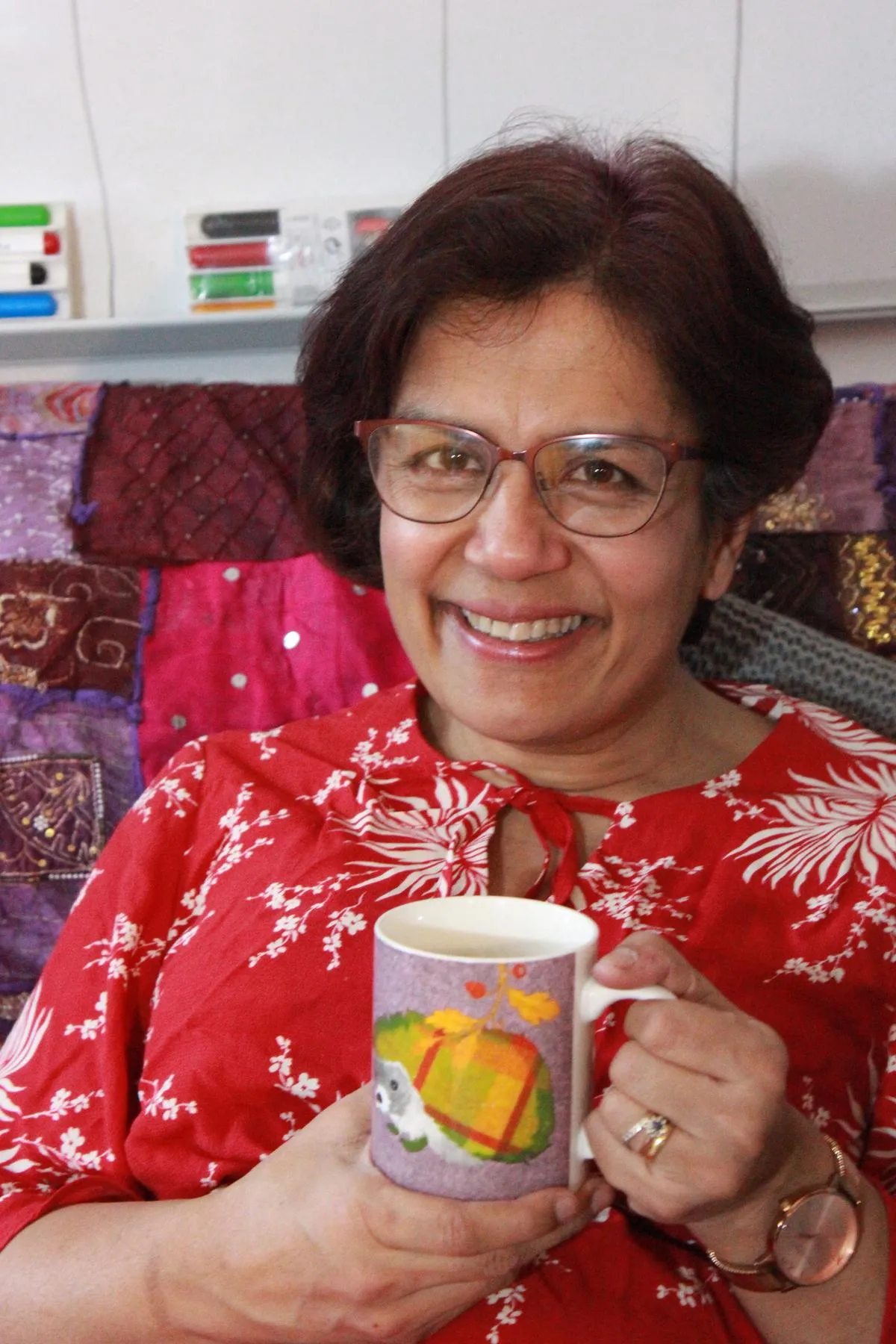
Today, Bev and her family live on the Isle of Wight in the UK. She spends her days painting, journaling, spending time with family, walking, and traveling. But above all else, she continues to follow Jesus and share His love with those around her.
Bev's story is one of courage and determination. Despite the confusion and uncertainty she faced, she never gave up on her search for truth. And when she found it, she embraced it with all her heart. Her commitment to Jesus has transformed her life and the lives of those around her.
My mission is to empower women to embrace their creativity and use it as a tool for spiritual and personal growth. Through my work, I aim to inspire women to discover their true potential and overcome any challenges they may face on their journey.
PRIVACY POLICY TERMS OF SERVICES CONTACT US

